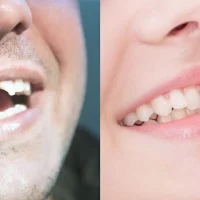
Cosmetic Bonding for Chipped Teeth: A Comprehensive Guide
- 1. What is Cosmetic Bonding for Chipped Teeth?
- 2. Benefits of Cosmetic Bonding for Chipped Teeth
- 3. The Cosmetic Bonding Procedure for Chipped Teeth
- 4. Cost of Cosmetic Bonding for Chipped Teeth
- 5. Aftercare for Cosmetic Bonding
1. What is Cosmetic Bonding for Chipped Teeth?
Cosmetic bonding for chipped teeth is a popular dental procedure used to repair damaged or chipped teeth. The process involves applying a tooth-colored resin to the affected area, which is then hardened using a special light. This not only restores the shape and functionality of the tooth but also enhances its appearance. Cosmetic bonding is an excellent solution for people who want to restore their smile without opting for more invasive treatments like crowns or veneers.
Whether caused by an accident, grinding, or natural wear and tear, a chipped tooth can be both frustrating and embarrassing. Cosmetic bonding is a simple, non-invasive procedure that can help restore your tooth to its natural state, all while being relatively affordable and quick to perform.
2. Benefits of Cosmetic Bonding for Chipped Teeth
Cosmetic bonding offers a wide range of benefits for those dealing with chipped teeth. Here are the main advantages:
1. Quick and Non-Invasive
The procedure for cosmetic bonding is quick and non-invasive. In most cases, a single visit to the dentist is all that’s needed to repair a chipped tooth. The process does not require any drilling, and the resin is applied directly to the tooth surface, which is then shaped and hardened in place.
2. Affordable
Compared to other cosmetic dental treatments, such as crowns or veneers, cosmetic bonding is relatively affordable. This makes it a great option for patients looking for an effective solution without breaking the bank.
3. Natural Appearance
The resin used in cosmetic bonding is designed to match the natural color of your teeth, ensuring a seamless and natural look. Whether it’s a small chip or a larger area of damage, the result is a tooth that looks just as good as it did before the damage occurred.
4. Durable and Functional
Cosmetic bonding is not just about aesthetics. The material used is strong and durable, ensuring that your repaired tooth will function normally, allowing you to eat, speak, and smile with confidence. With proper care, the results can last for several years.
3. The Cosmetic Bonding Procedure for Chipped Teeth
The cosmetic bonding procedure for chipped teeth typically involves the following steps:
1. Consultation
Your dentist will first assess the damage to your tooth and discuss the best options for treatment. If cosmetic bonding is the chosen method, the dentist will make sure that the color of the bonding resin matches your natural teeth.
2. Preparation
Unlike other dental procedures, no anesthesia is usually needed for cosmetic bonding. The dentist will gently roughen the surface of the chipped tooth to ensure that the resin adheres properly.
3. Application of Resin
The tooth-colored resin is applied to the chipped area, and your dentist will carefully mold and shape the material to match the natural contours of your tooth.
4. Curing the Resin
Once the resin is shaped, a special light is used to harden it. This process usually only takes a few minutes, and once complete, the resin will be set, leaving the tooth looking and feeling like new.
5. Final Touches
After the bonding material has hardened, your dentist will polish the surface to ensure a smooth, natural finish. The procedure is quick, and most patients can return to their normal activities right away.
4. Cost of Cosmetic Bonding for Chipped Teeth
The cost of cosmetic bonding for chipped teeth varies depending on the location, the extent of the damage, and the dentist performing the procedure. On average, cosmetic bonding can cost anywhere from $100 to $400 per tooth. While this is less expensive than other treatments like crowns or veneers, the cost can still vary based on your specific needs.
It’s important to discuss the cost with your dentist beforehand, as they can provide a more accurate estimate based on the severity of the chip and the amount of bonding material required.
5. Aftercare for Cosmetic Bonding
After your cosmetic bonding procedure, there are a few things you can do to ensure the longevity of the results:
1. Avoid Hard Foods
Avoid biting down on hard foods, like nuts or ice, immediately after the procedure to prevent damaging the bonding material.
2. Maintain Good Oral Hygiene
Brush and floss your teeth regularly to maintain good oral hygiene. Be sure to avoid harsh whitening products that could affect the appearance of your bonded tooth.
3. Regular Dental Check-ups
Regular visits to your dentist are important to ensure that the bonding material remains intact and that no further damage occurs. A well-maintained bonding treatment can last several years before needing any touch-ups.
Where to Get Cosmetic Bonding for Chipped Teeth
If you’re interested in cosmetic bonding for your chipped teeth, visit Dentistry Toothtruth for more information. They offer professional cosmetic dental services and can help restore your smile to its former glory. Contact them today to schedule your consultation!

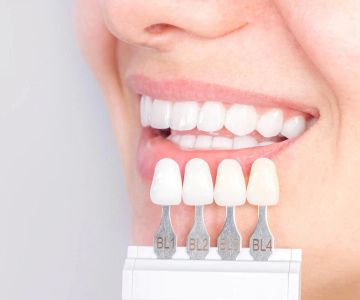

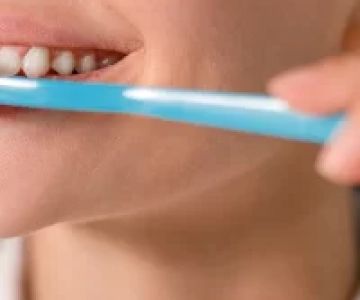
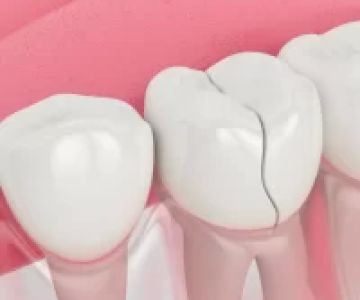
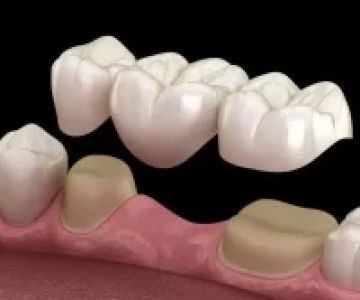
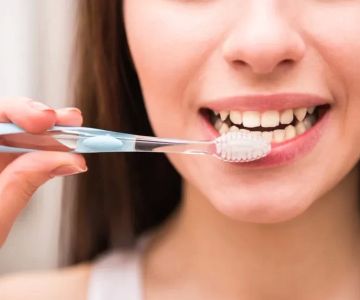
 Raleigh Periodontics and Implant Dentistry
Raleigh Periodontics and Implant Dentistry EON Clinics
EON Clinics Decatur Orthodontics
Decatur Orthodontics Caln Family Dental
Caln Family Dental Pediatric Dental Associates of Northeast Philadelphia
Pediatric Dental Associates of Northeast Philadelphia Family Dentistry of Westford
Family Dentistry of Westford The Importance of Oral Health Education During Pregnancy for a Healthy Pregnancy
The Importance of Oral Health Education During Pregnancy for a Healthy Pregnancy Why Skipping Dental Checkups Can Lead to Bigger Oral Health Problems
Why Skipping Dental Checkups Can Lead to Bigger Oral Health Problems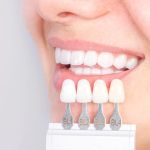 Advantages of Porcelain Dental Restorations
Advantages of Porcelain Dental Restorations Best Tips for Brushing Your Teeth Properly for Healthy Gums: Essential Techniques for Oral Health
Best Tips for Brushing Your Teeth Properly for Healthy Gums: Essential Techniques for Oral Health How Can Diabetes Cause Tooth and Gum Problems? Preventing and Managing Oral Health Issues
How Can Diabetes Cause Tooth and Gum Problems? Preventing and Managing Oral Health Issues Healthy Habits for Promoting Good Oral Health and Hygiene: Tips for a Healthy Smile
Healthy Habits for Promoting Good Oral Health and Hygiene: Tips for a Healthy Smile